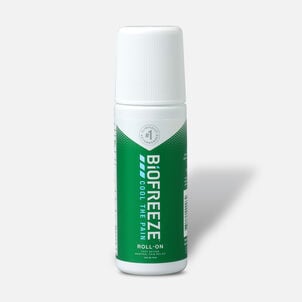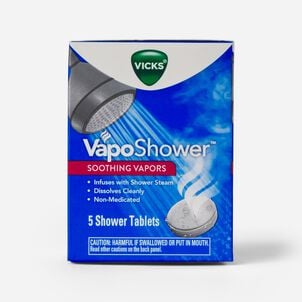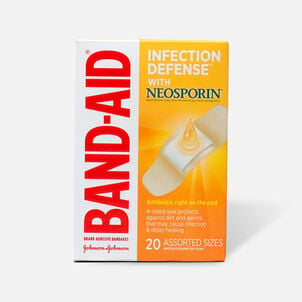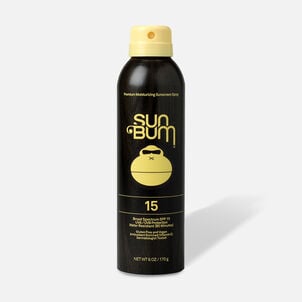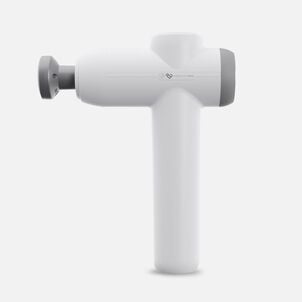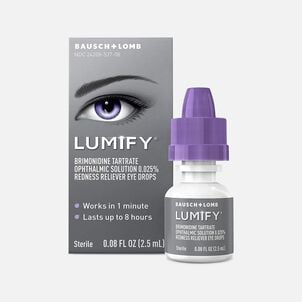Readers of this site are well-versed in how your HSA can serve as a fail-safe financial investment. But how do you balance your health care spending needs with an HSA? And what do you do if you're about to hit the out-of-pocket max on your coverage?

How to make this balance work
To qualify for an HSA, the out-of-pocket max for your health insurance must be $8,050 or less for individuals, and $16,100 or less for families. It's not uncommon to find a high-deductible plan with a larger out-of-pocket max, but that will make you ineligible for an HSA. Remember this limit when you sign up for health insurance!
If your out-of-pocket is $5,000 and you want to save enough with your HSA to cover that amount in case of emergencies, you're going to run into a problem. The annual HSA maximum contribution in 2024 is $4,150 for individuals and $8,300 for families. Those 55 and older may save an extra $1,000 in their HSA, as long as they turn 55 by December 31 of the year they contribute.
If you save too much in an HSA, you'll pay a 6% tax on that amount. You also won't be able to deduct the overage on your taxes.
Instead of trying to reach the out-of-pocket max in one year (if it's higher than the HSA max), spread it out between multiple years. Your out-of-pocket max will likely be similar each year, unless you choose a drastically different health plan, or change your health insurance provider.
Let's say your out-of-pocket max is $5,000 this year and your HSA is currently empty. You're reasonably healthy, but want to be prepared in case of medical emergencies. You create a monthly automatic transfer of $287.50 from your bank account to your HSA which will equal $3,450 in 12 months. In 17 months, you'll have enough to cover your out-of-pocket max.
If you stop saving once you reach the $5,000 limit, you can tailor your HSA strategy to just fulfill the out-of-pocket max. That means if you go to the doctor for an MRI that costs $500 out of pocket, you'll add an extra $500 to your HSA that month.
Continuing to max out your HSA every year isn't a bad strategy if you already have a fully-funded IRA or 401k. You can invest HSA money in mutual funds and ETFs once you have more than $2,000, which is why financial planners call HSAs a back-door retirement account.
Those 65 and older can use HSA funds on any purchases without paying the 20% penalty, though they'll still be responsible for income tax. They can even leave behind their HSA in their estate.
-
Thank you for visiting the HSA Store Learning Center. Don’t forget to follow us for more helpful tips on Facebook, Instagram, and Twitter.


.png)


